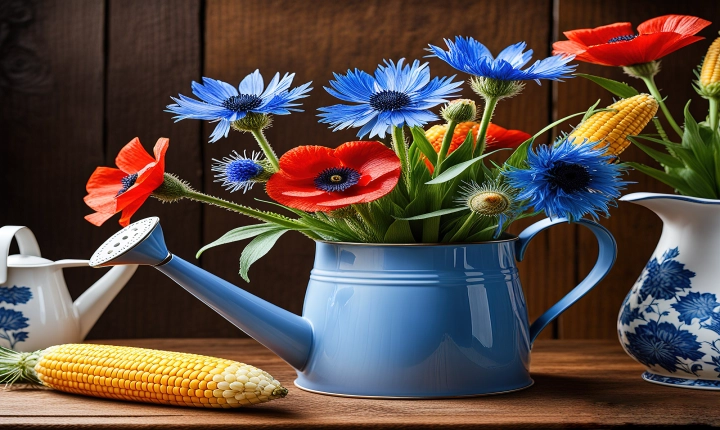Artificial intelligence, or AI, has quickly become a formidable force in the realm of creation. As technology continues to advance at an unprecedented rate, the capabilities of AI in the field of art have sparked intriguing debates about the nature of creativity and the role of machines in artistic expression.
One of the most significant questions surrounding the topic of AI and art is whether AI can truly create art. Many experts argue that art, by its very definition, is a product of human creativity, emotion, and intention, making it distinct from the calculated output of a machine. However, AI has demonstrated an impressive ability to generate artwork that is visually captivating, evocative, and conceptually rich.
In recent years, AI algorithms have been trained to produce stunning pieces of visual art, music compositions, and even literature, challenging the traditional understanding of what it means to create art. These AI-generated works often spark deep emotional responses and thought-provoking reactions from audiences, blurring the lines between human creativity and machine-generated art.
One of the most fascinating aspects of AI-generated art is the way it reflects the data it has been fed. AI systems analyze vast amounts of existing artwork, patterns, and styles, which they then use to generate original pieces. This raises questions about the nature of artistic inspiration and originality, as AI’s output is directly influenced by the data it has been exposed to. Some argue that this process lacks a true emotional or conceptual foundation, while others see it as a fascinating exploration of the interplay between human and machine intelligence.
Moreover, the use of AI in art creation has practical implications for artists and creators. AI tools can assist artists by providing new perspectives, suggesting creative avenues, and streamlining the creative process. Artists are utilizing AI algorithms to explore new visual styles, experiment with unconventional compositions, and push the boundaries of traditional artistic mediums. This collaboration between human artists and AI technology introduces a new dimension to the creative process, fostering a dynamic interplay between human expression and machine-generated influence.
However, as AI continues to infiltrate the art world, concerns about the potential impact on the livelihood of artists have emerged. Some worry that the proliferation of AI-generated art may devalue the work of human artists, making it more difficult for them to sustain their careers. Additionally, questions regarding the ethical implications of attributing authorship to AI-generated art and the commodification of creativity in the digital age have sparked complex debates within the art community.
Ultimately, the intersection of AI and art raises profound philosophical and ethical questions about the nature of creativity, authorship, and the evolving role of technology in artistic expression. While AI has proven itself capable of producing compelling artworks, the essence of human creativity and emotion remains a defining aspect of traditional artistic expression. As the boundaries between human and machine continue to blur, the evolution of AI in art promises to provoke discourse, challenge conventions, and push the boundaries of creative exploration. It is clear that AI’s impact on the art world is one that demands continued exploration and critical reflection.
